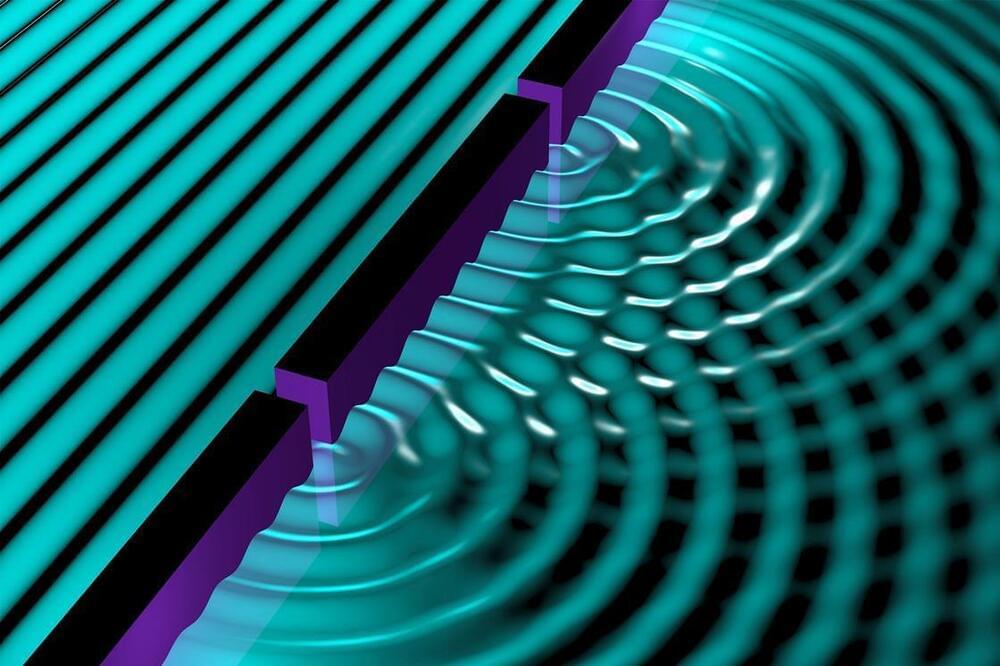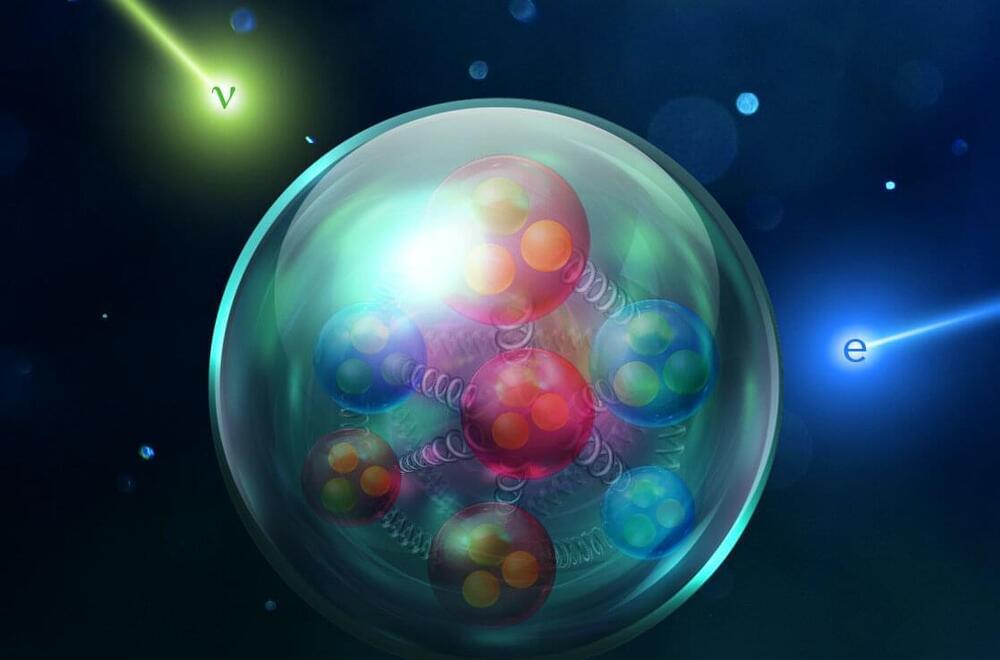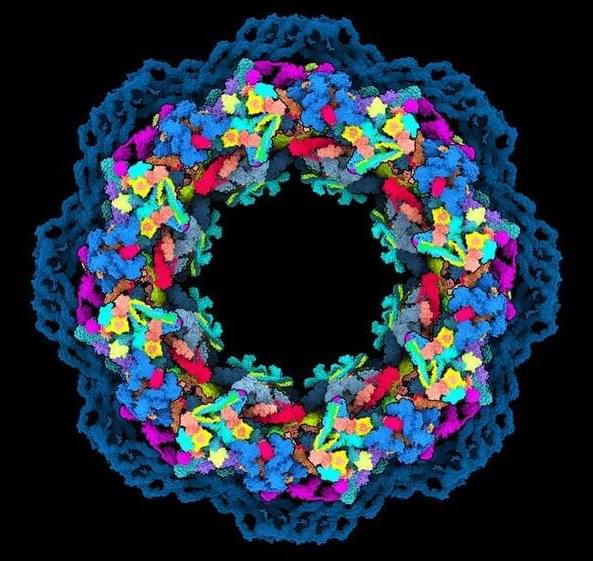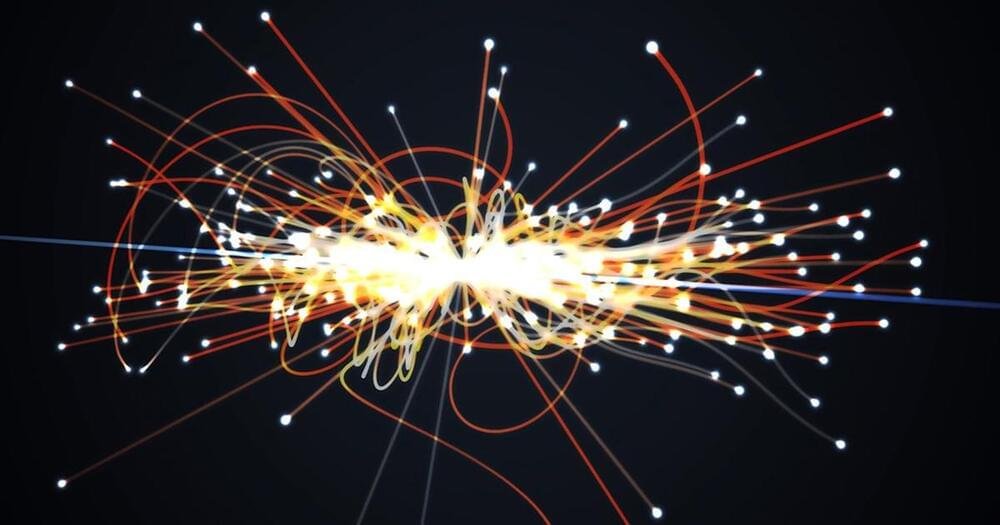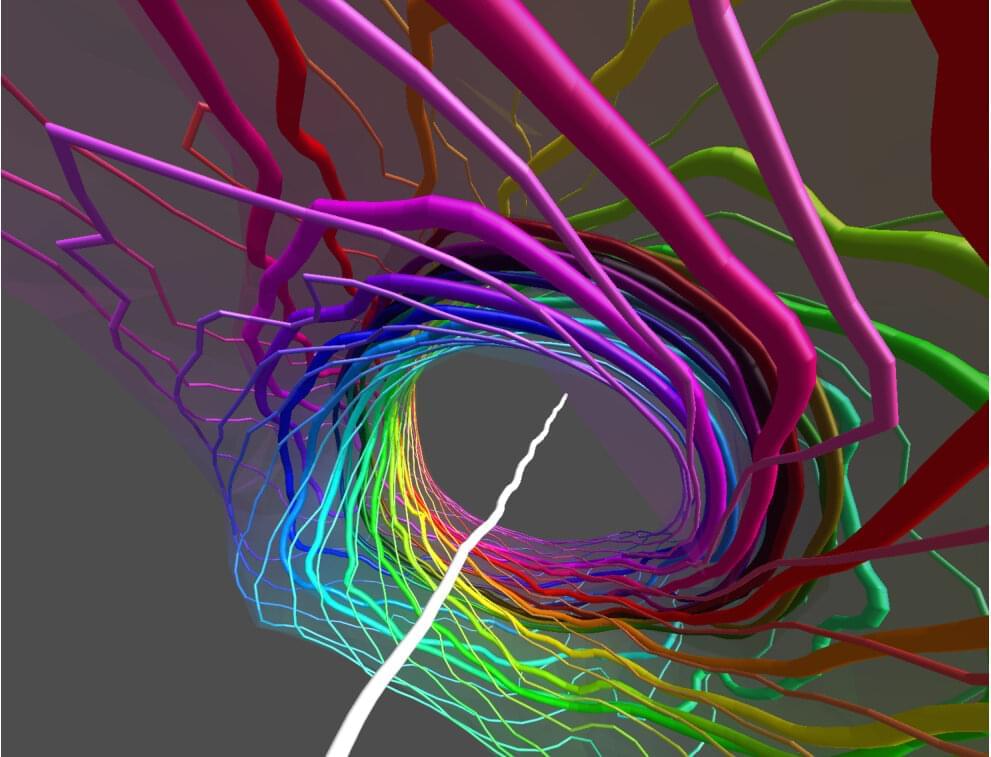Researchers prepare ‘new type of matter’ to conduct classic wave-particle duality experiment.
The iconic quantum double-slit experiment, which reveals how matter can behave like waves that displays interference and superposition, has for the first time been demonstrated with individual molecules as the slits.
Richard Feynman once said that the double-slit experiment reveals the central puzzles of quantum mechanics, putting us ‘up against the paradoxes and mysteries and peculiarities of nature’.
Richard Zare, Nandini Mukherjee and their co-workers at Stanford University, US, have now shown that when helium atoms collide with deuterium molecules (D2) in quantum superposition of states, the scattering can take two different paths that interfere with one another. The researchers reveal the interference by looking at its effects on the scattered D2 molecules, which lose rotational energy in the collision.
